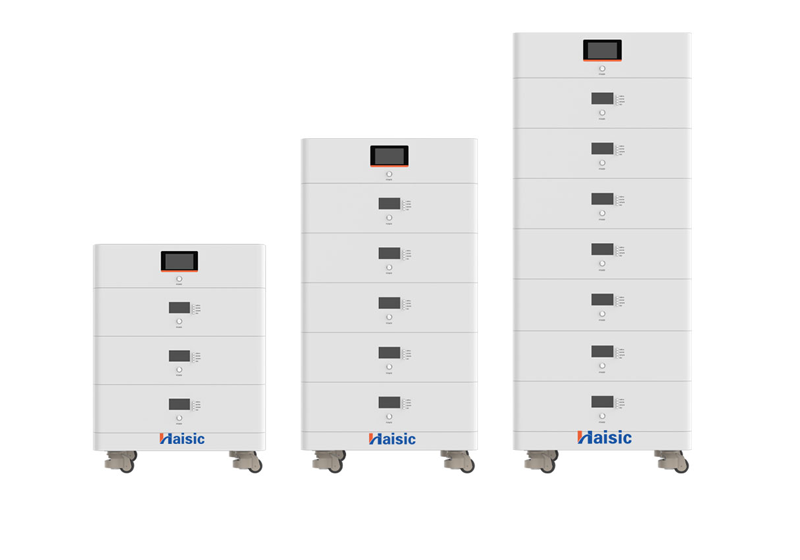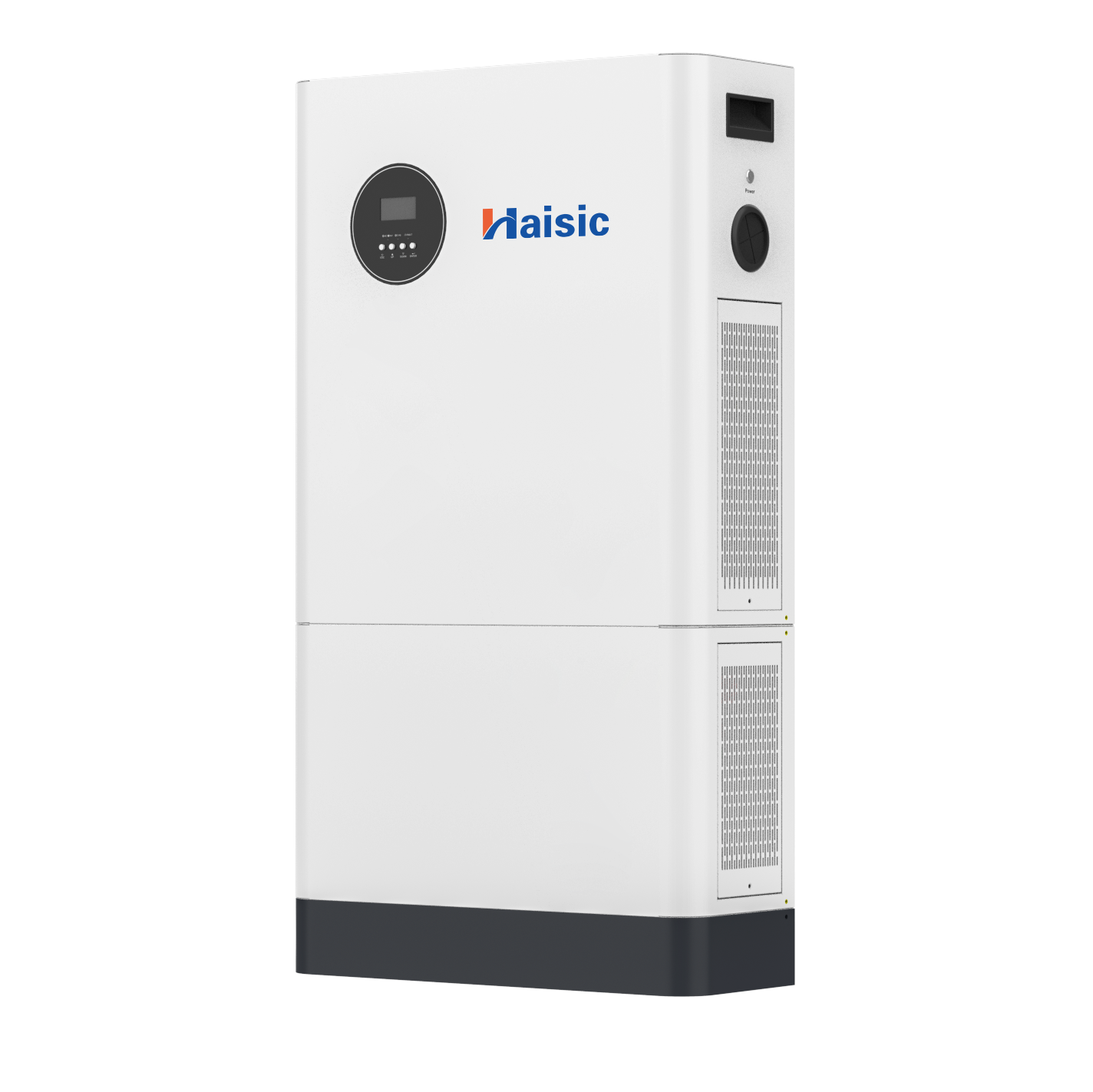Email format error
Email cannot be empty
Email already exists
6-20 characters(letters plus numbers only)
The password is inconsistent
Email format error
Email cannot be empty
Email does not exist
6-20 characters(letters plus numbers only)
The password is inconsistent


In the heart of the bustling metropolises and the quiet corners of rural landscapes, a silent revolution is taking place within the walls of homes across China. As the world's largest energy consumer, China is at the forefront of a transformative movement towards sustainable living. At the core of this change lies the adoption of Residential Energy Storage Systems (ESS), a technology that is not just about powering homes but about empowering homeowners. These systems are the gateway to energy independence, offering a beacon of hope for a future where clean, reliable, and affordable energy is accessible to all.
The concept of energy storage is as old as the first oil lamp, but the residential ESS is a modern marvel that has redefined what it means to be energy-efficient. In China, where urbanization and industrialization have led to increased energy demands, the need for innovative solutions is more critical than ever. As the sun sets on traditional energy sources, the rise of residential ESS in China signals a new dawn for homeowners looking to take control of their energy consumption.
At the heart of every residential ESS is the battery, the silent workhorse that stores energy for use during peak demand or when the supply from renewable sources like solar panels is interrupted. This technology is not just about storing energy; it's about revolutionizing the way energy is used, managed, and valued.
China's commitment to renewable energy is well-documented, with ambitious targets for solar and wind power generation. However, the intermittent nature of these sources presents a challenge: how to ensure a steady supply of energy when the sun isn't shining, and the wind isn't blowing? The answer lies in residential ESS.
Government Incentives:
The Chinese government has been instrumental in promoting the adoption of renewable energy and residential ESS through subsidies, tax breaks, and regulatory support.
Technological Advancements:
As battery technology improves, the cost of energy storage is decreasing, making residential ESS more affordable and accessible.
Environmental Concerns:
The Chinese public is increasingly aware of the environmental impact of fossil fuels, leading to a growing demand for clean energy solutions.
The integration of residential ESS into the grid is a complex but necessary step towards a sustainable energy future. These systems not only provide backup power during outages but also help to balance the load on the grid by storing excess energy during periods of low demand.
The technology that powers residential ESS is as diverse as the homes they serve. From lithium-ion to flow batteries, each type offers unique advantages and challenges.
Lithium-ion batteries are currently the most popular choice for residential ESS due to their high energy density, long cycle life, and relatively low cost. However, concerns about their environmental impact and safety are driving research into alternative technologies.
Flow batteries offer the advantage of scalability, making them a promising option for larger homes or even small communities. They store energy in liquid electrolytes, which can be easily expanded to increase storage capacity.
On the horizon is the next generation of battery technology: solid-state batteries. These offer the potential for even higher energy density, faster charging, and improved safety, making them a game-changer for residential ESS.
China has been a hotbed of innovation in residential ESS, with numerous success stories that demonstrate the potential of this technology.
In rural areas, where grid connectivity is limited, residential ESS has been a lifeline, providing reliable energy for lighting, cooking, and heating.
In cities, residential ESS is helping to reduce the carbon footprint by supporting the integration of solar and wind power into the grid.
For homeowners, the economic benefits of residential ESS are significant, with potential savings on energy bills and the ability to sell excess energy back to the grid.
Despite the rapid growth of residential ESS in China, challenges remain. These include the high upfront cost of the systems, the need for public education about their benefits, and the ongoing development of supporting infrastructure.
Financial Incentives:
Continued government support in the form of subsidies and tax incentives can help to offset the initial cost of residential ESS.
Public Awareness:
Education campaigns can help to increase understanding of the benefits of energy storage and encourage adoption.
Infrastructure Development:
Investment in smart grid technology and energy management systems is crucial for the successful integration of residential ESS.
The story of residential ESS in China is one of innovation, progress, and the relentless pursuit of a sustainable future. As the technology matures and the market expands, the benefits of residential ESS will become increasingly apparent, offering homeowners a path to energy independence and a cleaner, greener tomorrow. The future may be uncertain, but one thing is clear: the role of residential ESS in China's energy landscape is set to grow, and with it, the potential to reshape the way the world powers its homes.